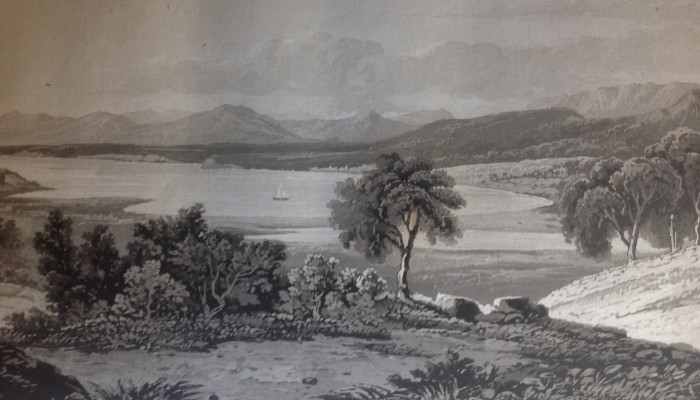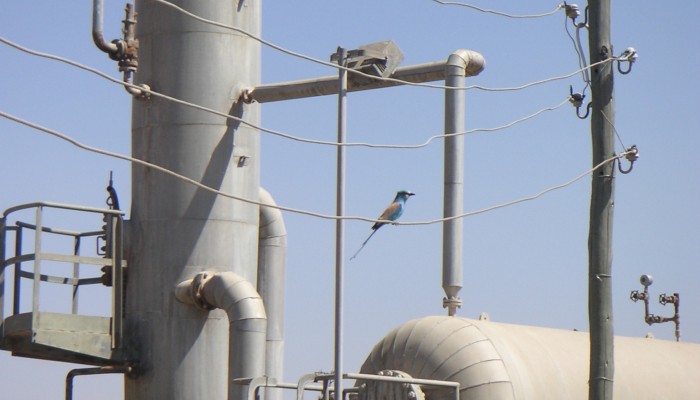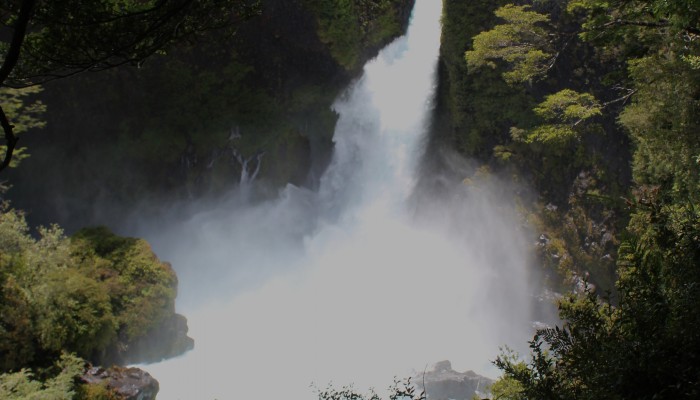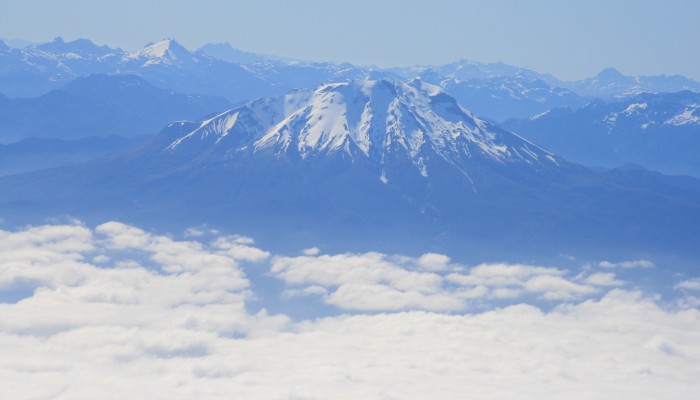As news comes in of another very large earthquake in Chile – the third magnitude 8 earthquake along Chile’s Pacific margin in the past six years – this is a stark reminder of the destructive potential of these extreme natural events. These days we are used to the rapid, or near-real-time diffusion of news as these events unfold – in this case, as the tsunami ran along the C ...[Read More]
Energy Poverty and Geothermal Energy Futures
Ethiopia is one of the most impoverished nations in the world, in terms of the number of people who live without access to electricity. The World Energy Outlook reported that in 2014, 70 million people in Ethiopia, or 77% of the population, have no access to electricity. Ethiopia is also one of the more volcanically-active regions of the world, with 65 volcanoes or volcanic fields that are thought ...[Read More]
Volcán Calbuco: what do we know so far?
Detailed assessments of what happened during the April 22-23 eruption of Calbuco, Chile, are now coming in from the agencies responsible for the scientific monitoring of the eruption (SERNAGEOMIN) and for the emergency response (ONEMI). The volcano is well monitored and accessible, and as a result there has been a great deal of high quality information, and imagery, made available very quickly. In ...[Read More]
Taking the pulse of a large volcano: Mocho-Choshuenco, Chile
As the recent eruptions of Calbuco and Villarrica in southern Chile have shown, the long arcs of volcanoes that stretch around the world’s subduction zones have the potential to cause widespread disruption to lives and livelihoods, with little or no warning. Fortunately, neither of these eruptions has, so far, led to any reported loss of life – but the consequences of these eruptions ...[Read More]
Calbuco erupts. April 22, 2015.
Volcan Calbuco, which burst into eruption on April 22nd, is one of more than 74 active volcanoes in Southern Chile that are known to have erupted during the past 10,000 years. Unlike its photogenic neighbour, Osorno, Calbuco is a rather complex and rugged volcano whose eruptive record has posed quite a challenge for Chilean geologists to piece together. The little that we do know about Calbuco’s e ...[Read More]
The great eruption of Tambora, April 1815
April 2015 marks the 200th anniversary of the great eruption of Tambora, on Sumbawa island, Indonesia. This eruption is the largest known explosive eruption for at least the past 500 years, and the most destructive in terms of lives lost, even though the precise scale of the eruption remains uncertain. The Tambora eruption is also one of the largest known natural perturbations to the climate syste ...[Read More]
Villarrica erupts. March 3, 2015, Chile.
Villarrica (Ruka Pillan in Mapudungun) is one of the most active volcanoes of southern Chile, and is a popular tourist destination in the heart of the Chilean Lake district. Villarrica has been in a continuous state of steady degassing for much of the past 30 years, since the last eruption in 1984-5, and began showing signs of increased unrest (seismicity, and visible activity in the summit ...[Read More]
Landslides, lake tsunamis and the tragedy of Lago Cabrera
Fifty years ago, on 19th February 1965, a rock and ice landslide fell from the summit face of Volcan Yate in southern Chile. It was mid-summer, and was one of the warmest and wettest February records in that part of Chile on record. The debris slid rapidly down a narrow gully, losing at least 1500 metres in elevation, until it emerged into the southern end of a small montane lake. This triggered a ...[Read More]
The fate of volcanic ash in the environment
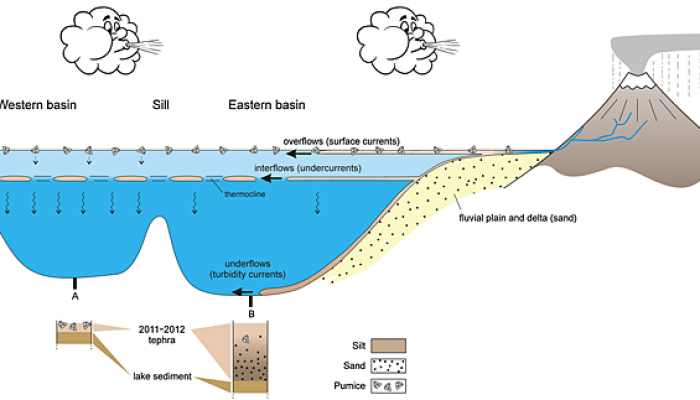
Over the past few years, we have been working to piece together the record of major post-glacial volcanic eruptions in southern Chile that have occurred over the past 18,000 years. This work started off with a search for volcanic ash layers that were preserved in road cuttings, or cliff faces other accessible geological locations in the region. Since then it has expanded to include the search for ...[Read More]
Doctoral Training in Environmental Research in the UK
It is now a year since the Natural Environment Research Council (NERC) announced the results of its first competition for ‘Doctoral Training Partnerships (DTP)’, and just a few weeks since each of the 15 funded DTPs welcomed their first cohorts of doctoral students. In this time, the training landscape for PhD (or DPhil) students across the environmental sciences has changed radically. ...[Read More]

